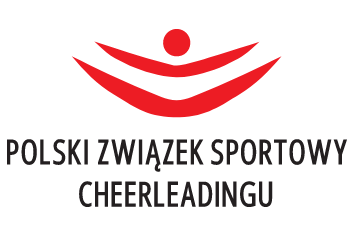In our clinic, Paweł Rzepecki – a coach with many years of experience in professional sports – is responsible for the area of physical preparation. We conduct training based on the most modern knowledge and equipment – and we will make every effort to ensure that you are motivated to succeed!
Physical preparation training

What is fitness and physical preparation?
Physical fitness can be briefly defined as the ability of the neuromuscular system to perform a specific task – and this can include everything from walking through recreational sport to climbing Mount Everest or winning a Grand Slam tennis tournament.
Physical fitness is a very broad concept. In a general, health-promoting sense, an appropriate level of physical activity will promote a reduction in the risk of many diseases. For the patient following knee surgery, achieving fitness will likely mean returning to being able to put weight on the leg to the extent that walking or recreational running is possible. For the professional, it will be closely related to the demands of their discipline and maximising certain parameters while minimising the risk of overload injury.
Physical fitness in the pro-health and sporting sense do not always go hand in hand, although both are desirable. If success in sporting competitions is of paramount importance, emphasis should be placed on motor fitness.
Health-promoting training has different goals and therefore a different design (lower volume, intensity and greater movement variety).
Physical preparation is therefore a route to achieving the expected fitness, which may be different for everyone.
What determines physical fitness?
The basic fitness parameters determining the level of physical preparation are muscle strength and endurance, speed and cardiorespiratory efficiency. The level of these characteristics is greatly influenced by genetics (e.g. the proportion of fast- and slow-contracting fibers, natural predispositions to develop strength or endurance). A person who inherits “natural speed” will always have it.
The second factor that, unlike genetics, we can influence is training.
What is training?
Training is a process in which we influence the nervous system with appropriately selected stimuli. The nervous system in reaction to regularly repeated impulses (movement tasks) starts a process of adaptation. Adaptation is a change adapted to the conditions in which the organism functions. For example: in response to regular and sufficiently intensive strength training, the central nervous system will begin to increase muscle mass. The basic parameters we shape in practically every physical preparation programme are strength, endurance, flexibility and efficiency.
Are there contraindications to training?
Training is an exertion, i.e. stress on the nervous, respiratory and heart systems. Depending on its nature and intensity, there may be contraindications that should be taken into account when planning increased strain on your body. It is therefore advisable to consult your general state of health with your doctor before you start training.
How do I start?
Each training cycle should be defined by two factors: the goal we want to achieve and the state of health/exercise at the beginning of this path. To determine your health status, it is best to start with a blood count, which is the basis for determining your overall health. Then, to determine the starting point, it is worth conducting a biomechanical analysis of the body.
In many cases, a fitness test will be advisable. Interestingly, an appropriate level of fitness preparation is important in sports that are not even at first sight associated with fitness (for example shooting: a better level of fitness preparation means a lower resting pulse and therefore a greater calmness, precision and accuracy). The type and number of tests will be related to the goal we want to achieve.
Based on the collected information we prepare a training plan… and get to work!
See you in MIRAI!






